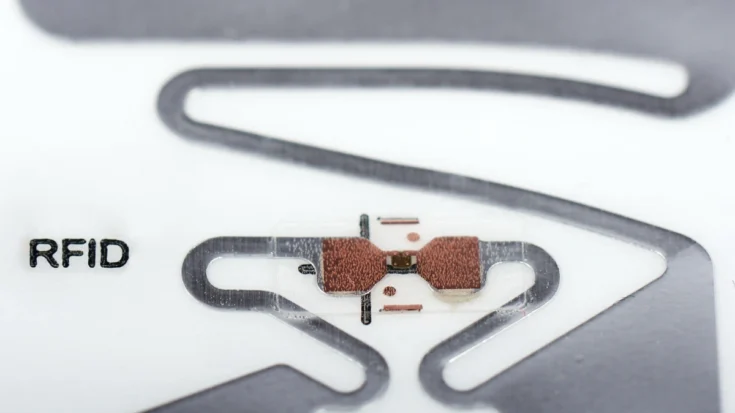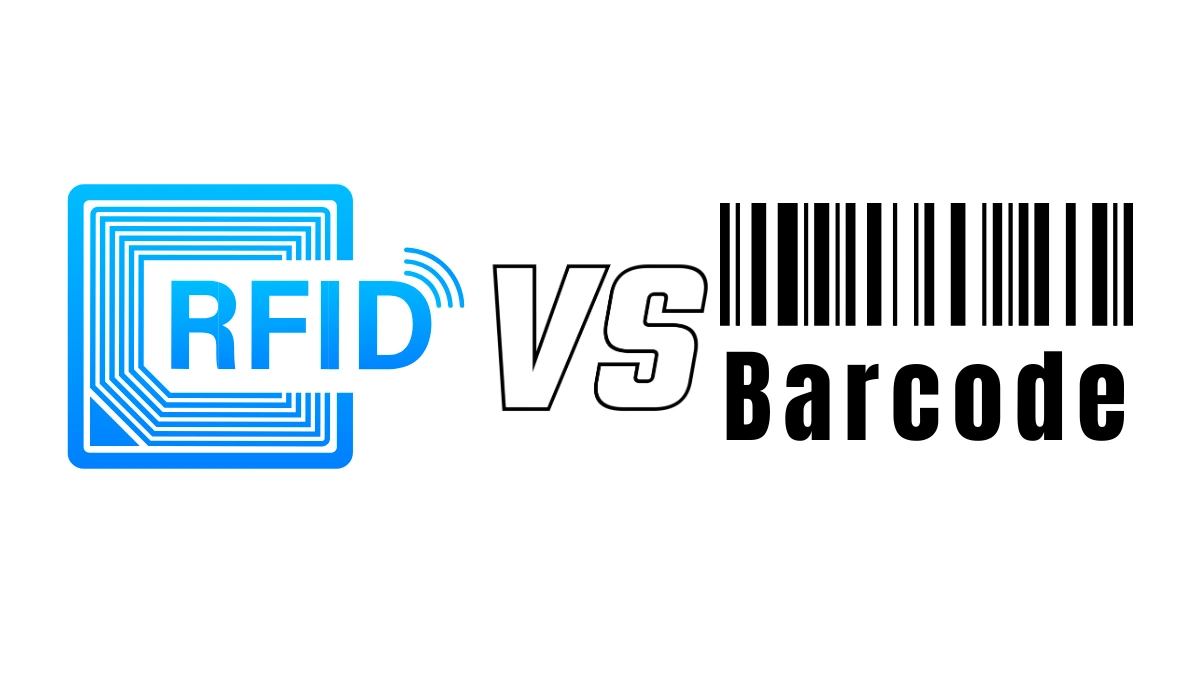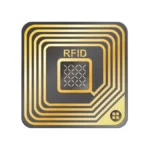Most people still think that RFID and barcodes are like two brothers. It turns out that there are quite significant differences between RFID and barcodes.
Even though there are differences between RFID and Barcode, both technologies have the same goal, namely to achieve identification and tracking quickly and accurately.
The difference between RFID and Barcode is in their application. Both have advantages and disadvantages depending on how they are used.
Also Read
In this article, we will explain the differences between RFID and barcodes to give you a better idea of these two advanced technologies.
Table of Contents
Difference between RFID and Barcode

RFID is a wireless communications technology that can identify specific targets and read and write relevant data via radio signals without the need to establish mechanical or optical contact between the identification system and the specific target.
Radio signals transmit information from names joined to objects through electromagnetic areas tuned to radio frequencies to naturally recognize and track objects.
A fundamental RFID framework comprises an RFID Tag, a peruser, and an RFID radio wire. RFID can studied and type in data inside the scope of the reader.
Meanwhile, a standardized tag is a realistic identifier that speaks to a set of data by organizing dark bars and white spaces with distinctive widths concurring with certain coding rules.
And you can get this data with a laser scanner. Right now, the common ones are one-dimensional barcodes and two-dimensional barcodes.
Barcode is a programmed acknowledgment innovation that coordinates the capacities of image coding, information collection, programmed recognizable proof, data section, and data capacity into one.
Can viably illuminate the issue of expansive sums of information collection and programmed input in coordination forms.
Advantages and Disadvantages of Barcodes

Barcode is an automatic identification technology that is considered more economical and practical and is widely used globally.
This device can show various data, such as country of production, manufacturer, product name, production date, book classification number, start and end location of the letter, category, date, and more.
Advantages of Barcode Devices
- Fast speed of information acquisition and input via barcode
- High data reading accuracy
- Barcode tags that can contain large amounts of information
- Practical application and operational process of the device
- The process of printing Barcode Tags can be done easily
Disadvantages of Barcode Devices
- Barcodes can only identify limited information such as producers and commodities.
- Data cannot be read if the barcode tag is damaged.
- The information on the barcode is easy to copy
- Barcodes based on optical technology can only be recognized in the short-range straight beam range received by the scanner.
Advantages and Disadvantages of RFID

RFID is a new technology, capable of long-distance reading and high storage capacity.
It is widely used in many industries such as logistics, transportation, identification, anti-counterfeiting, asset management, food management, security control, etc.
Advantages of RFID
- Strong Anti-fouling Ability
- High security by using electronic chips to store information
- The capacity of RFID tags is capable of storing much larger amounts of information
- Identify Multiple Tags Simultaneously
- The device is reusable and durable
- Able to read tags at long distances and free from obstacles
Disadvantages of RFID Devices
- Implementing RFID devices requires higher costs than Barcodes
- There is no security when the tag is read via other RFID devices which results in privacy issues
- Inconsistent Radio Wave Frequency
- Insufficient Technology Maturity
The biggest difference between RFID and barcodes is that RFID has a chip. RFID tags can be made into a variety of different shapes and sizes and can be attached to different carriers.
Through RFID chips, we can not only write information and update memory information but also encrypt information with high security.
Barcodes cannot be written on and changed again, once they are scratched, stained, or peeled off, the scanner will not be able to identify the information, and their security is relatively low.
Make sure the RFID product that you use has been tested and has a certificate from Type Approval Certification Services for ICT Products in your country before being distributed to the market.











